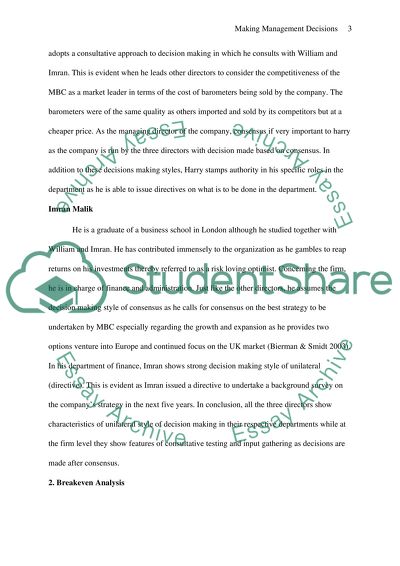Cite this document
(“Making Management Decisions: Case for Midland Barometer Company Essay”, n.d.)
Making Management Decisions: Case for Midland Barometer Company Essay. Retrieved from https://studentshare.org/finance-accounting/1438035-making-management-decisions
Making Management Decisions: Case for Midland Barometer Company Essay. Retrieved from https://studentshare.org/finance-accounting/1438035-making-management-decisions
(Making Management Decisions: Case for Midland Barometer Company Essay)
Making Management Decisions: Case for Midland Barometer Company Essay. https://studentshare.org/finance-accounting/1438035-making-management-decisions.
Making Management Decisions: Case for Midland Barometer Company Essay. https://studentshare.org/finance-accounting/1438035-making-management-decisions.
“Making Management Decisions: Case for Midland Barometer Company Essay”, n.d. https://studentshare.org/finance-accounting/1438035-making-management-decisions.


